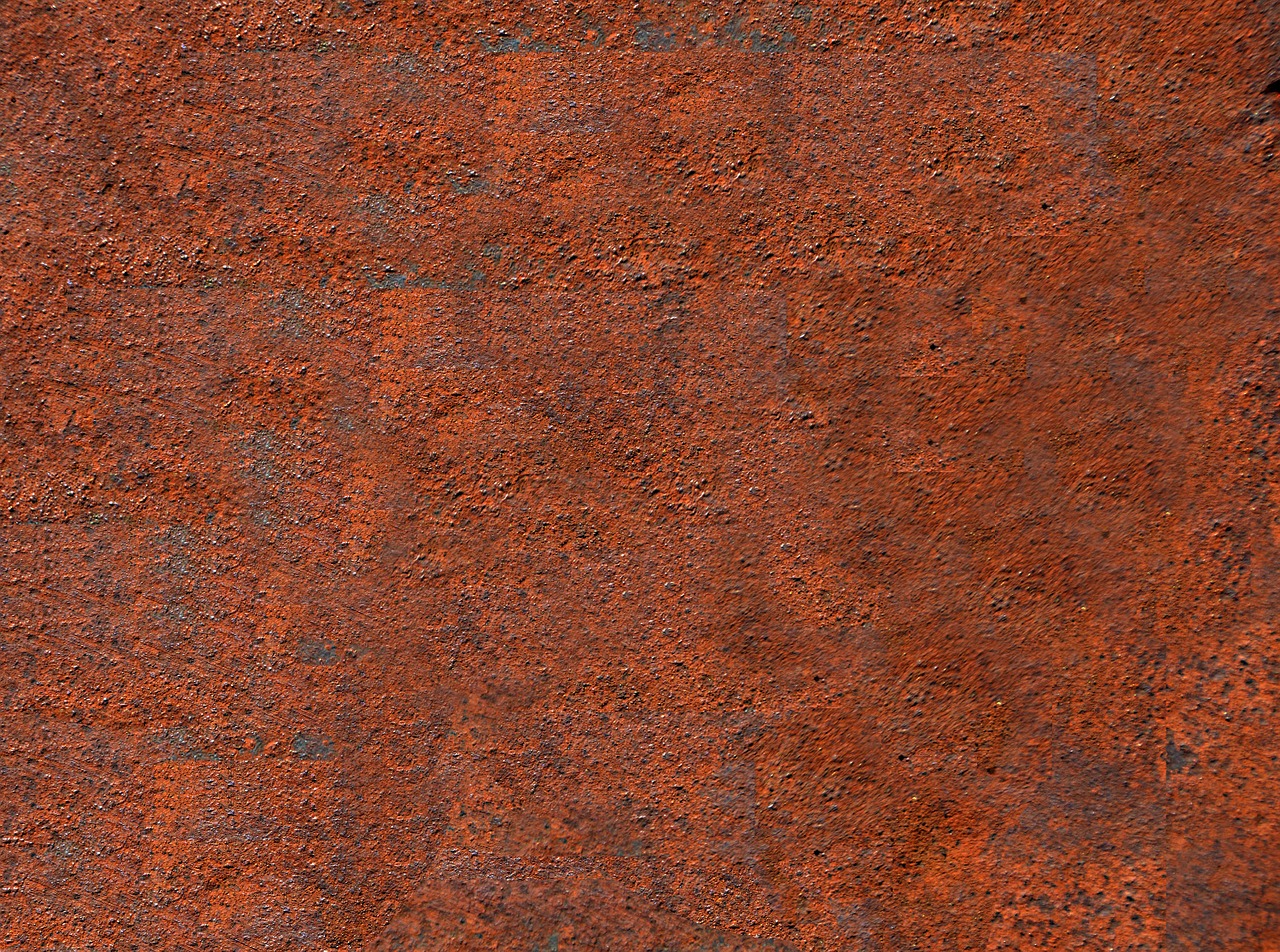Tips to Prevent Metal from Rusting

Rust is one of the biggest enemies of steel and other iron-based, ferrous metals. That’s because, in big enough quantity, it can seriously lower the strength of the part.
You can do some things to prevent rusting, though. Here, we will revisit everything you can do to limit rusting. Before we do that, though, let’s see what rusting is and how it affects iron.
What is Rust?
Rust is an orange-brown like substance that forms on the surface of iron or iron-based alloys. In chemical terms, rust is an iron-oxide compound, which means that it begins when iron comes in contact with oxygen.
However, oxygen won’t bond with iron by itself, at least not quickly. Water, salt water, harsh chemicals, and acids can accelerate the creation of rust, especially since they contain oxygen. In these environments, rust can rapidly penetrate the surface of the material, reducing the structural rigidity and cause disintegration.
Some people mistake rust for corrosion, but they are a different thing altogether. Rust is a term we only use for the iron-oxide compound that forms on iron or its alloys. Corrosion, however, is a term used for the deterioration of other metals, such as aluminum, which are a result of different chemical or electrochemical reactions.
How to Prevent Rusting?
There are various methods available for reducing rust on ferrous metals. Some processes can be utilized in the production process, while others can be used for maintenance. Let’s get into more detail.
Clean the surfaces often and keep them dry
Since water is the biggest enemy of iron, you need to ensure that the surface of the metal doesn’t have direct contact with it. And, we’re not talking only about liquid water – vapor can also accelerate rusting.
Moreover, water can stay on iron surfaces for much longer if they aren’t clean. That’s because dirt can keep water from evaporating, thus accelerating the creation of iron-oxide on the surface. Also, dehumidifying the air might help with the prevention of rust.
Remove the rust immediately and use protective coatings
If rust is already formed on the surface, ensure that you scrape it off gently. Then, use some protective coating to protect the surface from rusting. These coatings limit the amount of water that can contact the body. Finally, apply a coat of paint – it’s the best prevention method available.
Keep the surfaces smooth
Small dents, scratches, or cracks increase the surface area, and can also keep water for longer. Thus, keeping the surface smooth can go a long way in limiting the creation of rust.
Galvanizing
Galvanizing is the method of applying zinc to the surface by hot-dipping or electroplating. When zinc comes into contact with oxygen or water, it immediately reacts and creates zinc-oxide. Thus, it protects the iron from oxidizing. However, galvanizing can only protect the surface, not the inside. So, if a larger crack occurs, it might start rusting.
Use stainless steel
Stainless steel is a ferrous alloy with a minimum of 11% chromium, which creates a protective chromium-oxide coating on the surface. Stainless steel is better at resisting rust than galvanized steel since chromium-oxide will reform if a scratch or crack appears on the surface.
Utilize other processes
You can also limit the amount of rust forming by using bluing or FOZZ. The former method utilizes potassium nitrate, water, and sodium hydroxide to form a blue protective coating. Bluing is mostly used for smaller parts. Meanwhile, FOZZ is a primer that consists of phosphoric acid and other substances, which dissolve rust and prevent further rusting.

 Tech Steel & Materials
Tech Steel & Materials